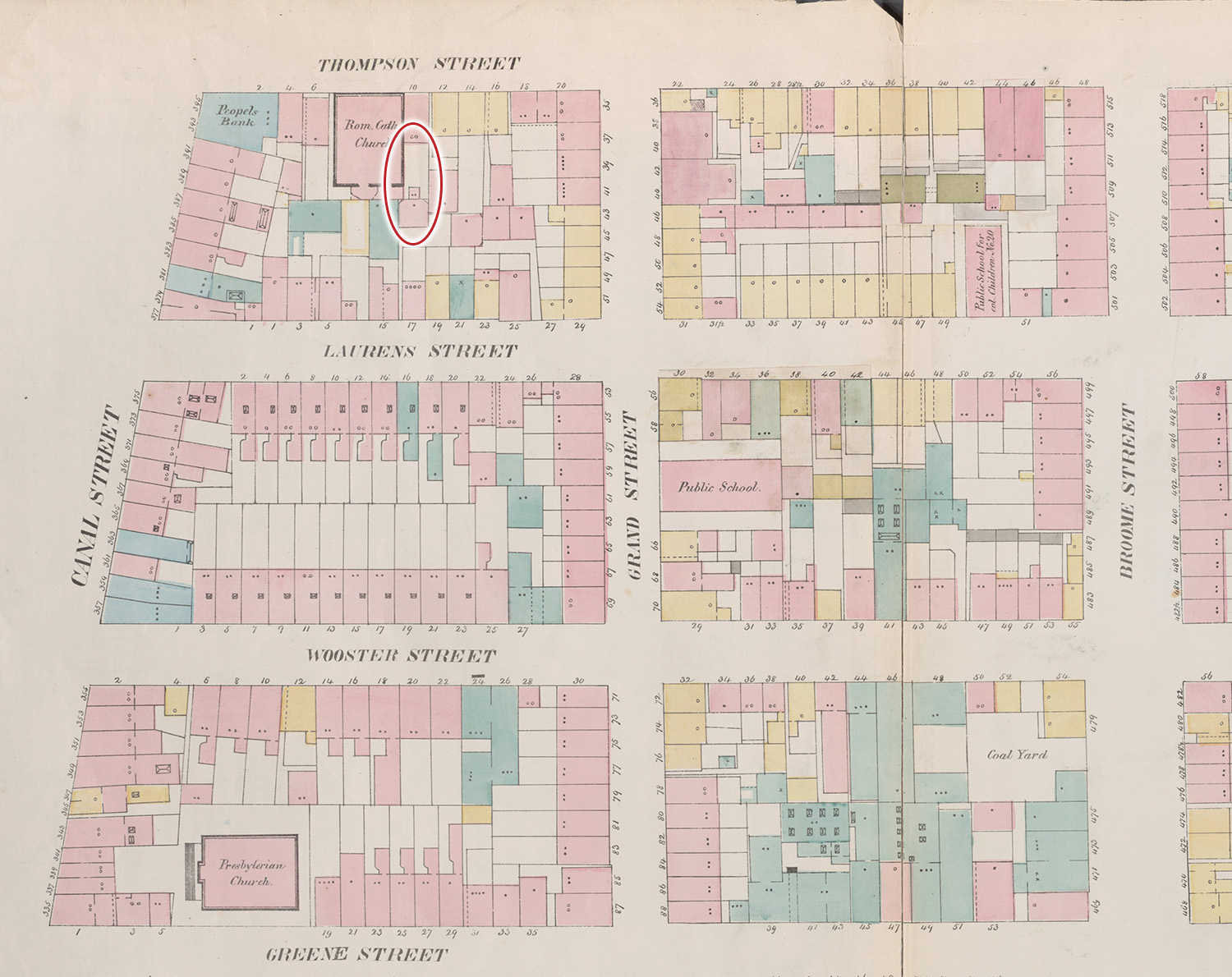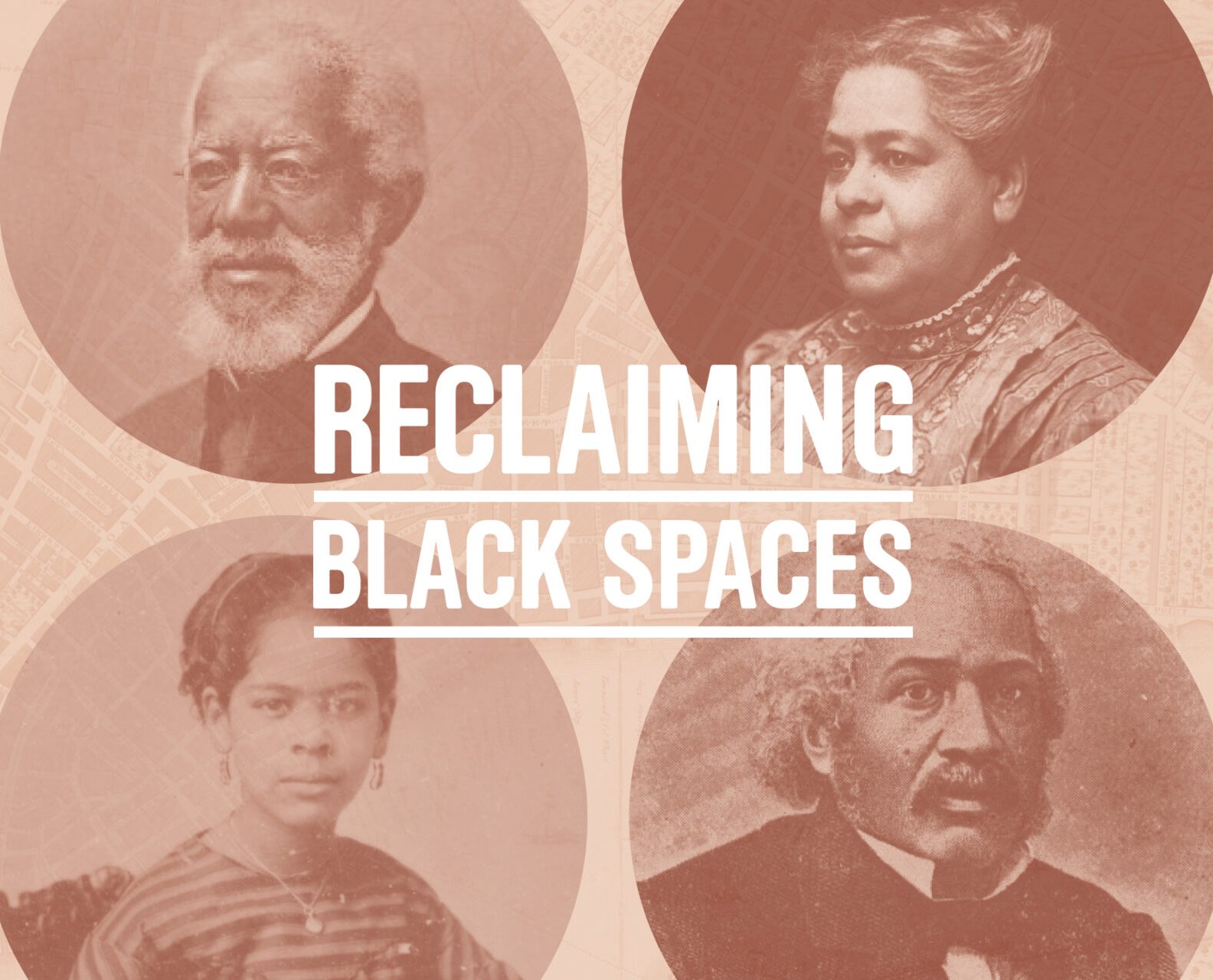Brand-New Exhibit!
A Union of Hope: 1869
This year we’ve launched an all-new permanent apartment exhibit to our historic tenement building, 97 Orchard Street, telling the story of Joseph and Rachel Moore, Black New Yorkers who made their home in Lower Manhattan’s tenements in the 1860s and 1870s.
Tickets to A Union of Hope: 1869 are on sale now!



